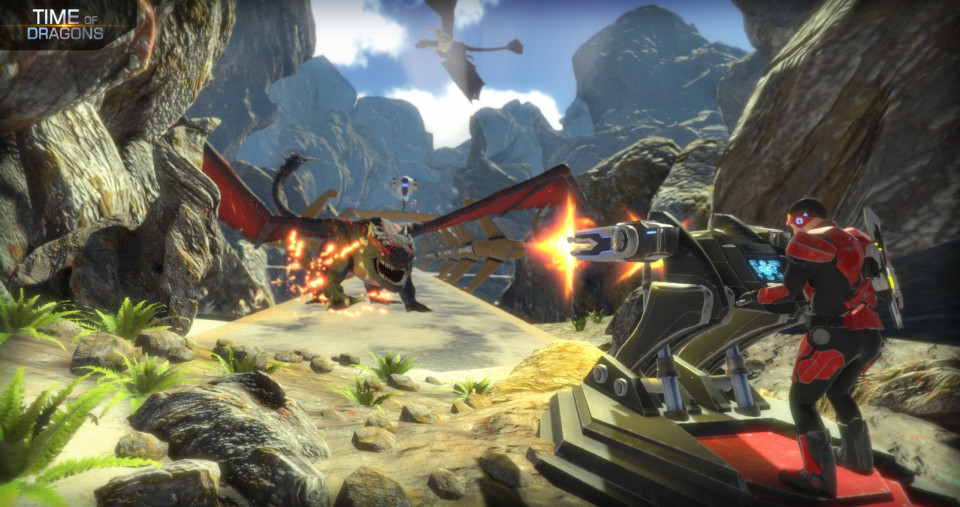4 I Lab is a small indie game development studio based in Minsk, Belarus. It was founded in 2011 by two friends, Mikita Susha and Mick Yurchanka. Soon the team grew up to 7 people and began releasing mobile games like The Gravity and V For Voodoo, trying to find themselves. They always had an ambition and desire to make something big, and two years ago finally got a vision of the game that they want to create.
4 I Lab‘s community manager Alexander Misilevich shares a story about their project Time Of Dragons - an MMO Shooter with a unique mix of fantasy creatures and high-tech warriors.

It all started in October 2013 when we decided to use the Unity game engine for one of our games. Soon, we became aware of all possibilities that Unity opens for us. Dmitry Haurushkou and Eugene Ivanitskiy had developed first sketches of the game, and in December 2013 we decided to concentrate all of our time and effort on a new project: Time Of Dragons.

HOW TO MAKE A DRAGON?
The main game characters are dragons, and we scrupulously make and polish them. Before creating our first dragon we spent a lot of time figuring out how it is supposed to move, how to build its skeleton and many other things. Then, we learned how to optimize the dragon making process to save development time.
First comes sculpting. Like all living creatures, dragons consist from bones, muscles and skin. We take 3D modeling software and sculpt the dragon’s body. The worst enemy is inspiration. If you have too much of it, or have not enough - you will not finish your work on time.

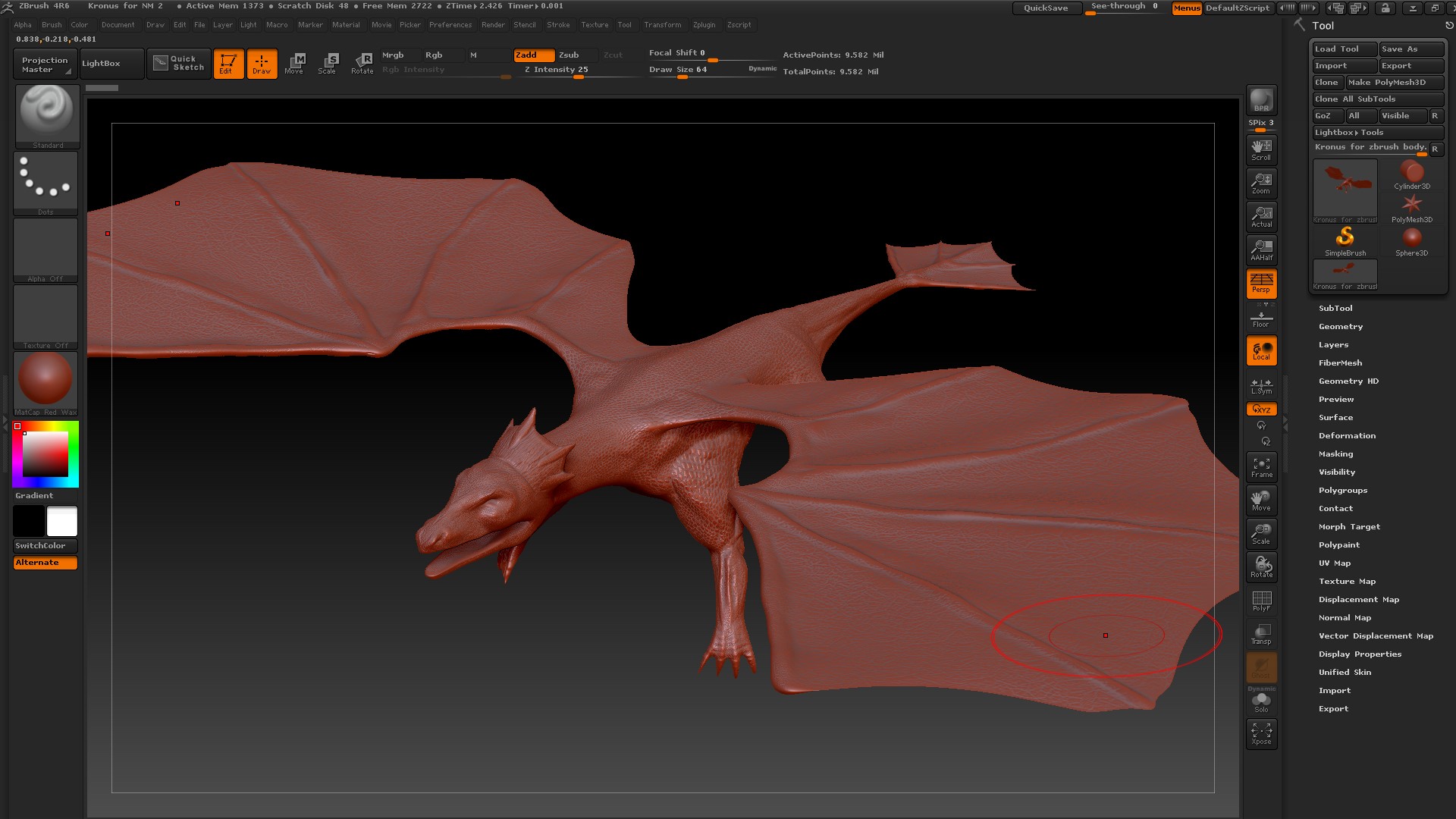
We spend 3 - 7 days on sculpting and in the end we get 10 000 000-polygon model, which is too big for our game and must be reduced to 5000 polygons. In order to obtain a low-poly model from a hi-poly, we perform retopology, preserving shape and accenting the areas that matter for a dragon’s realistic look. Usually it takes 1-2 days.
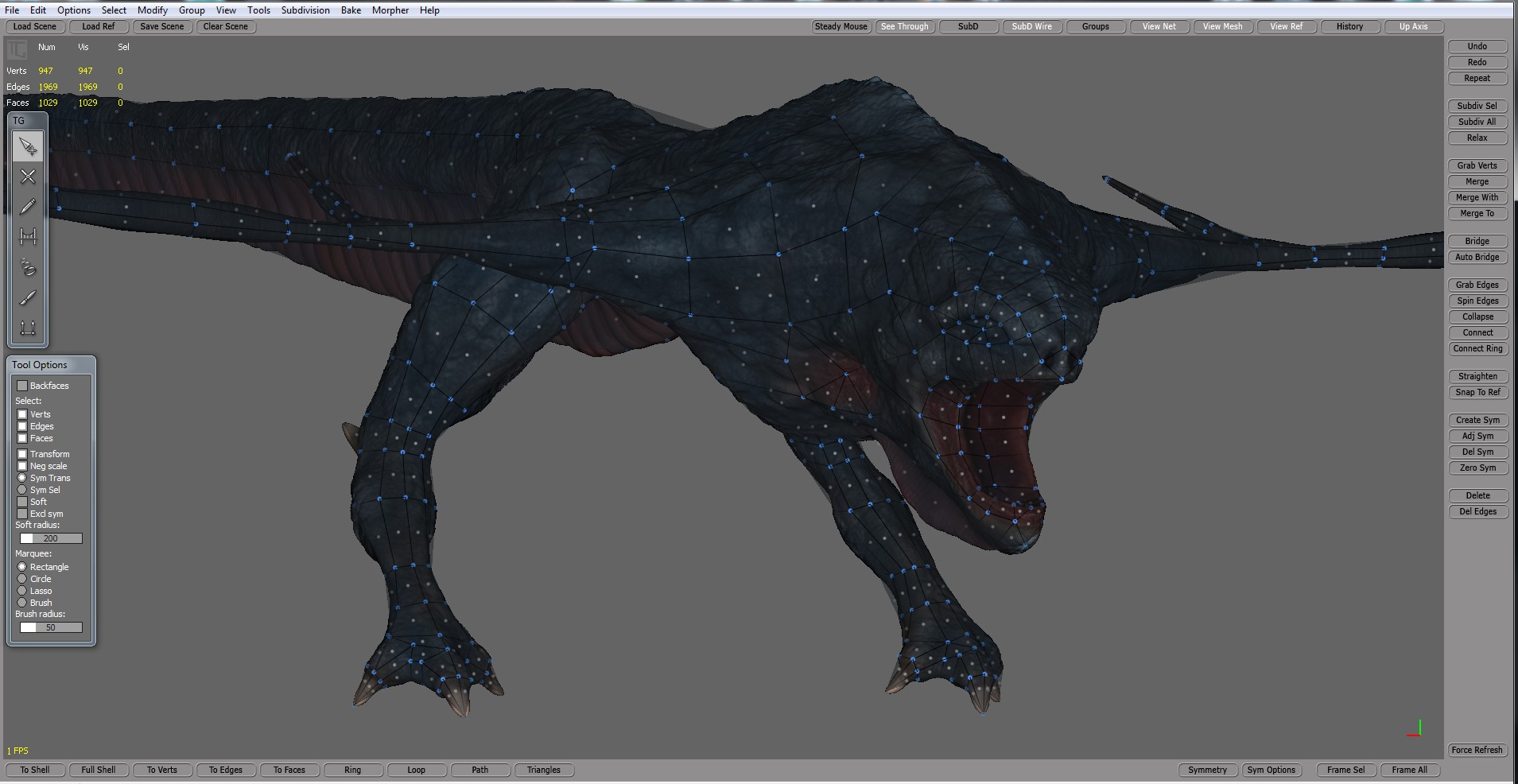
Then goes UVW mapping. Here we define the coordinate points to apply a 2D texture to them at a later stage. In other words, we define the shape of the body which will be covered with skin. Usually it takes about a half of a day.

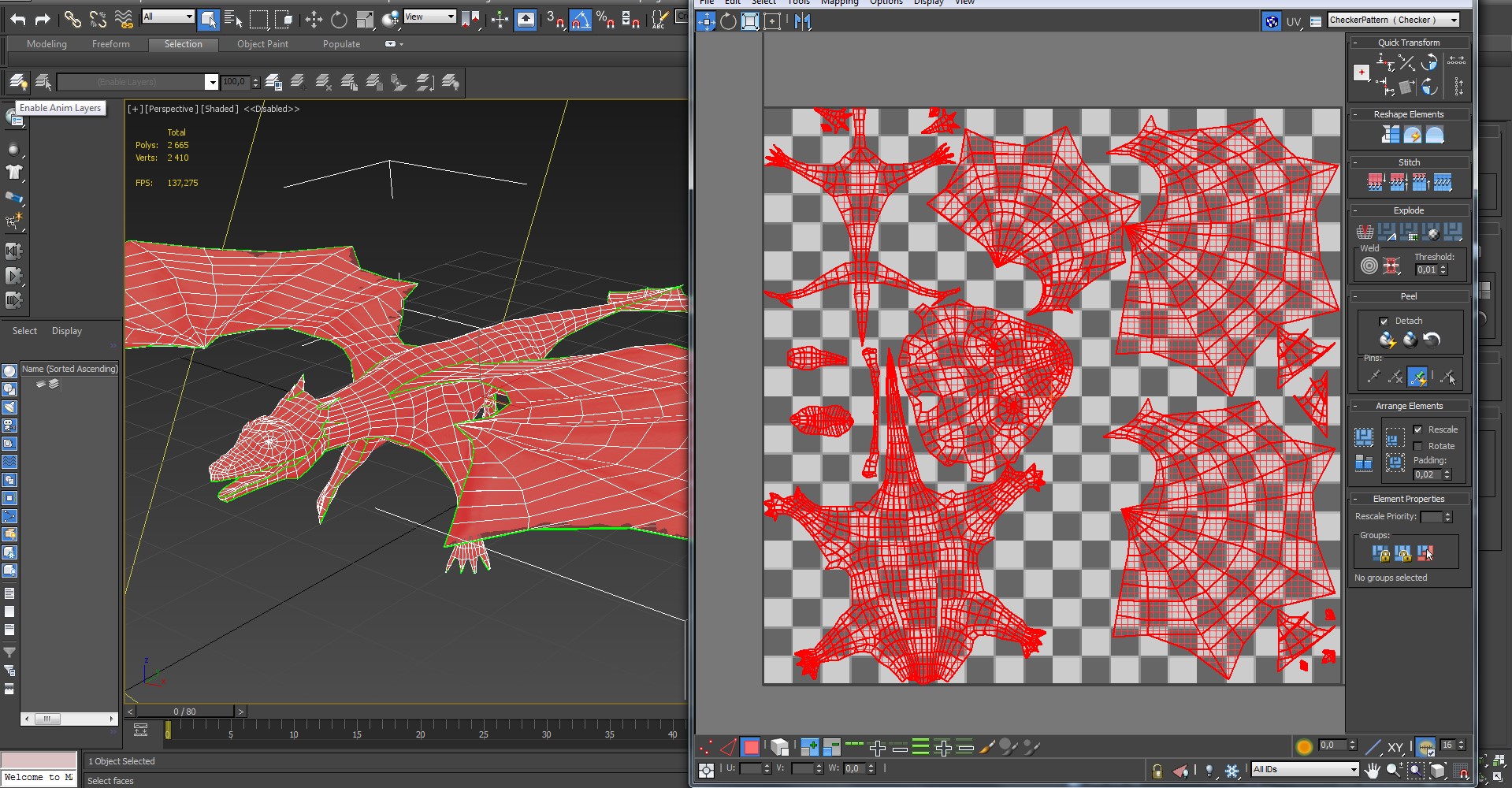
Then we make the textures. We decide what our dragon’s skin will look like and then paint our hi-poly model to get a normal map and a height map which we apply to the low-poly model.
After that we move on to animation. It can be divided into stages. The first one is skeleton creation, then animation itself.
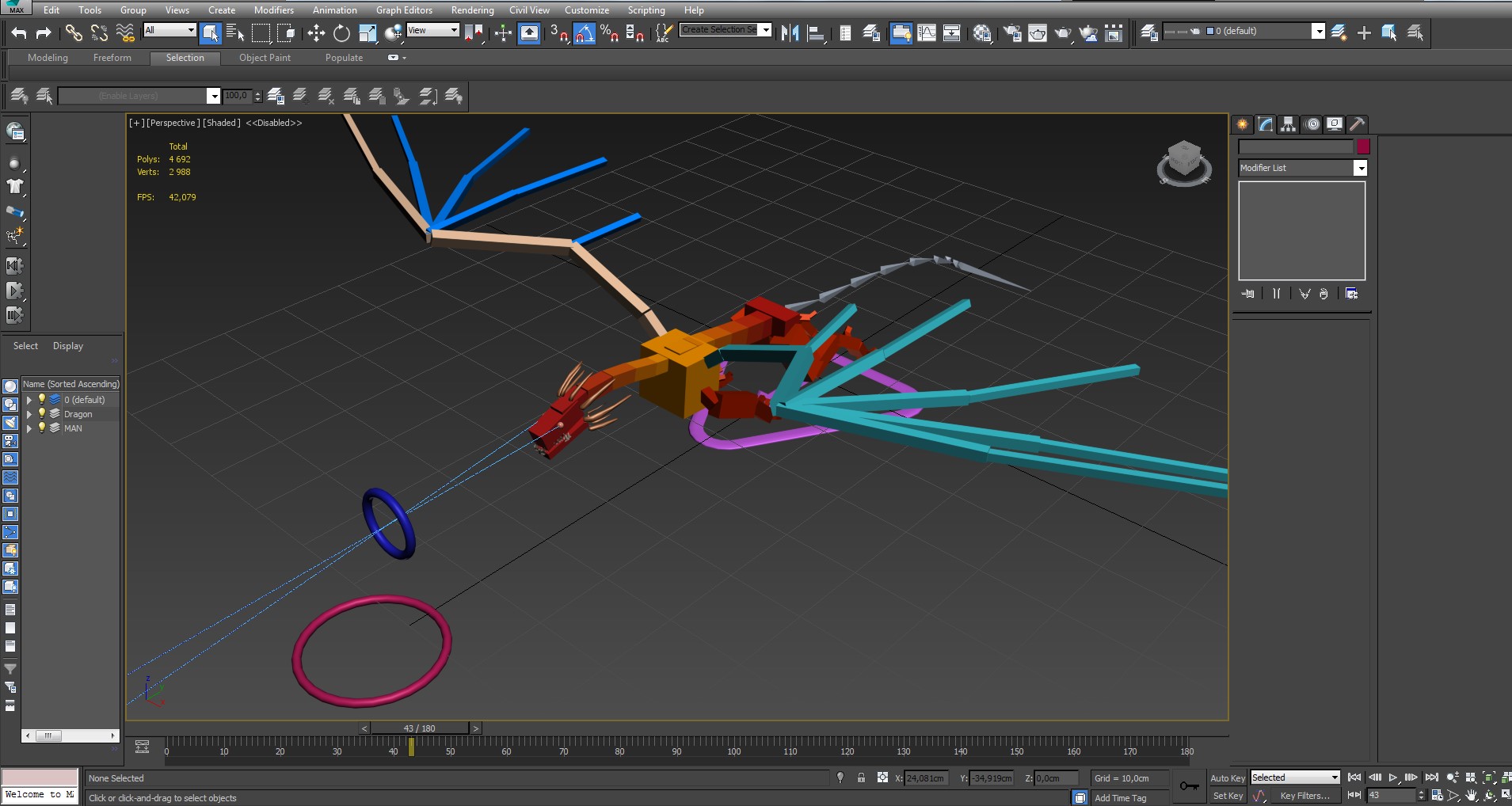
Creating an individual behavior pattern for each character is a very difficult task. To accomplish this, we made an analogy between behavior and habits of real animals and dragons. For example, a dragon named Kronus got habits of a dog: he is fast, strong and agile. Inara is a mix of lizards and birds - as nimble, fast and graceful as them. Vampire is an explosive mixture of a reptile and a bat. Ogre is like a rhino: slow, but very powerful and heavily armored.
An interesting moment is that the animation of the wings is considered complete only when there is a feeling of wind from flapping while you are watching this action on the computer screen.
Unity Mecanim is a very convenient and versatile animation system. It helps us create realistic animated movements and set the conditions when they will work. It’s great that you can create events in the moment of animation, such as playing an audio file.
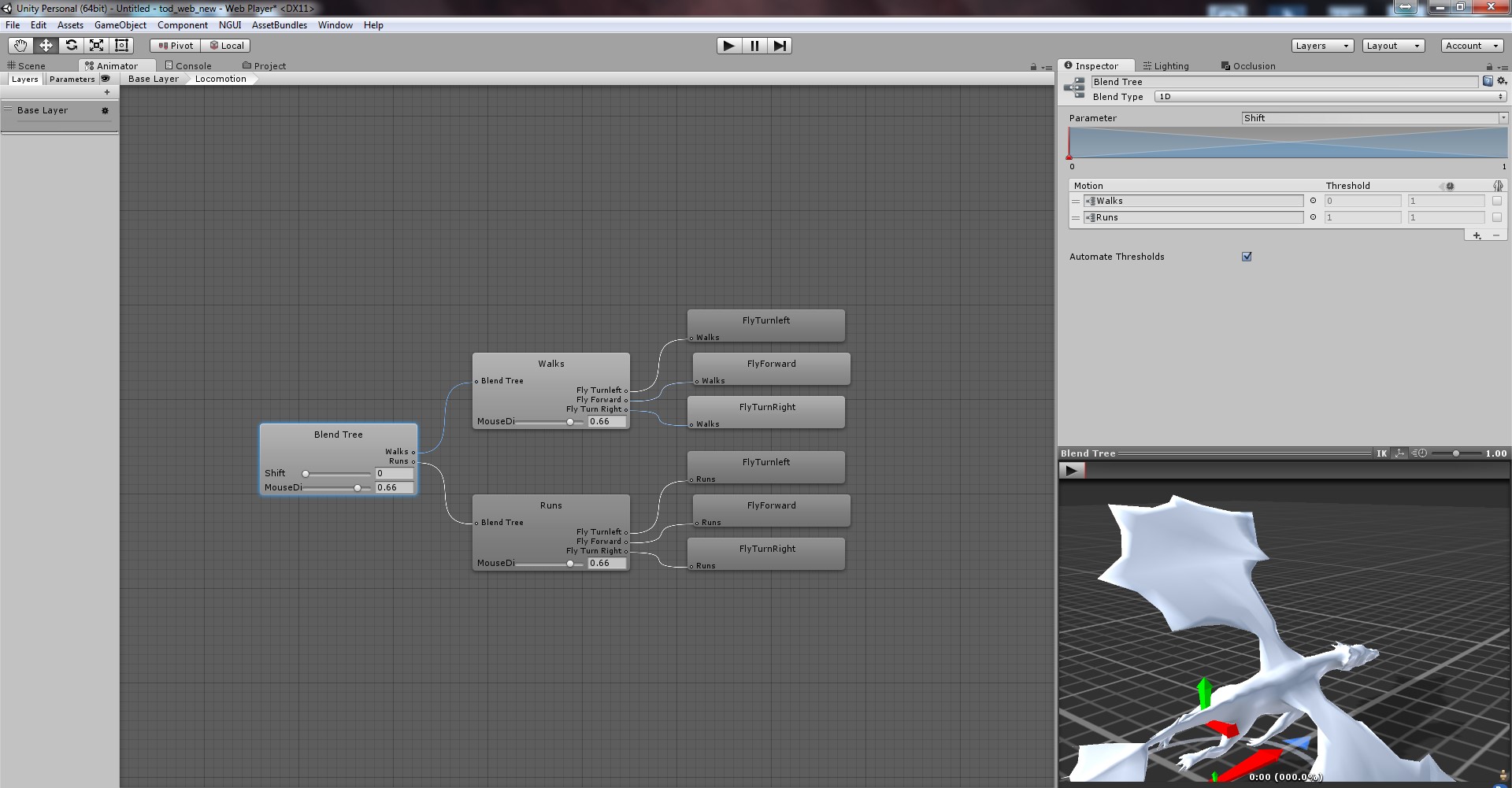
Once the animation is finished, we upload the resulting material to Unity to adjust the dragon’s speed, mass, inertia, endurance and other parameters. Also programmers create unique dragon skills, such as fire breath, ability to stun or heal.
Thus, in 26 days (more or less) we create a new dragon that brings a lot of fun and joy to our players.
FULL STEAM AHEAD!
The game was released in September 2014 in the social networks of Facebook, VK, and Odnoklassniki. In the beginning we had only three dragons: Cronus, Inara, and Skat.
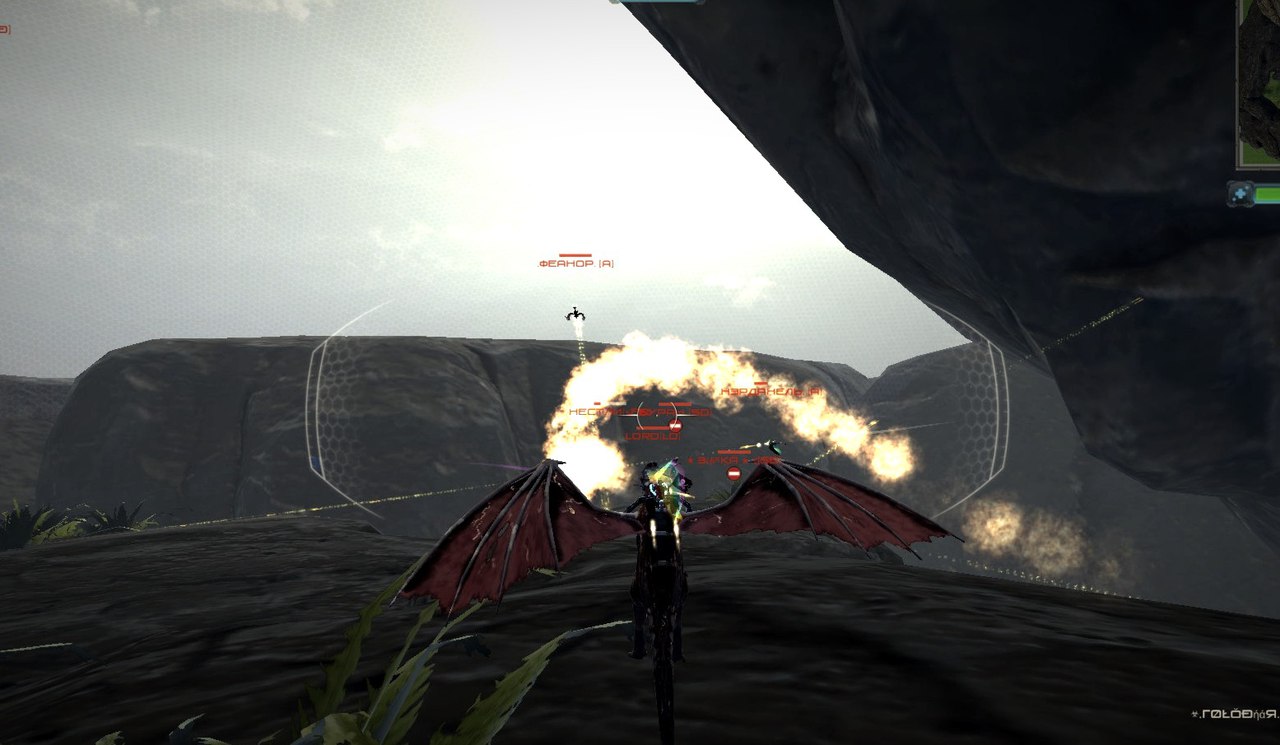
During the following year we’ve added eight dragons, six locations, and three game modes. Our game has found its audience, and on September 14, 2015 a group of our fans gathered in the real world to celebrate the anniversary.
And now we have the permission to release on Steam! The long-awaited desktop version of the game became be available on February 1 st 2016. We have big development plans for our game and in order to please our players we’ll be scheduling an update every two weeks.


Looking ahead, we can say that we have already prepared the idea and some developments for the sequel called Time Of Dragons: Evolution, and we are looking for investments to continue our work.
The developers say they’re full of optimism and will follow the chosen path with confidence. Follow them on Facebook for updates, and get Time of Dragons on Steam.
Comments


